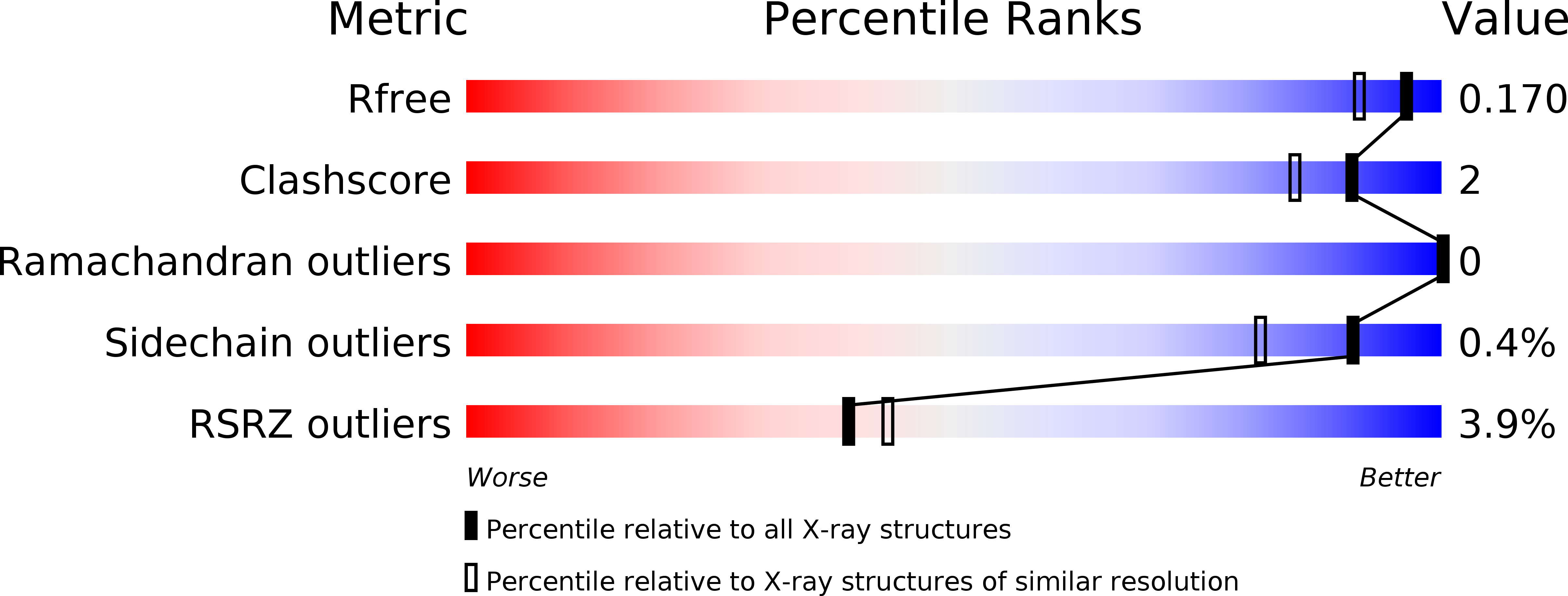
Deposition Date
2017-02-23
Release Date
2017-07-26
Last Version Date
2024-01-17
Entry Detail
PDB ID:
5N8G
Keywords:
Title:
Serial Cu nitrite reductase structures at elevated cryogenic temperature, 240K. Dataset 2.
Biological Source:
Source Organism:
Achromobacter cycloclastes (Taxon ID: 223)
Host Organism:
Method Details:
Experimental Method:
Resolution:
1.47 Å
R-Value Free:
0.16
R-Value Work:
0.14
R-Value Observed:
0.14
Space Group:
P 21 3


